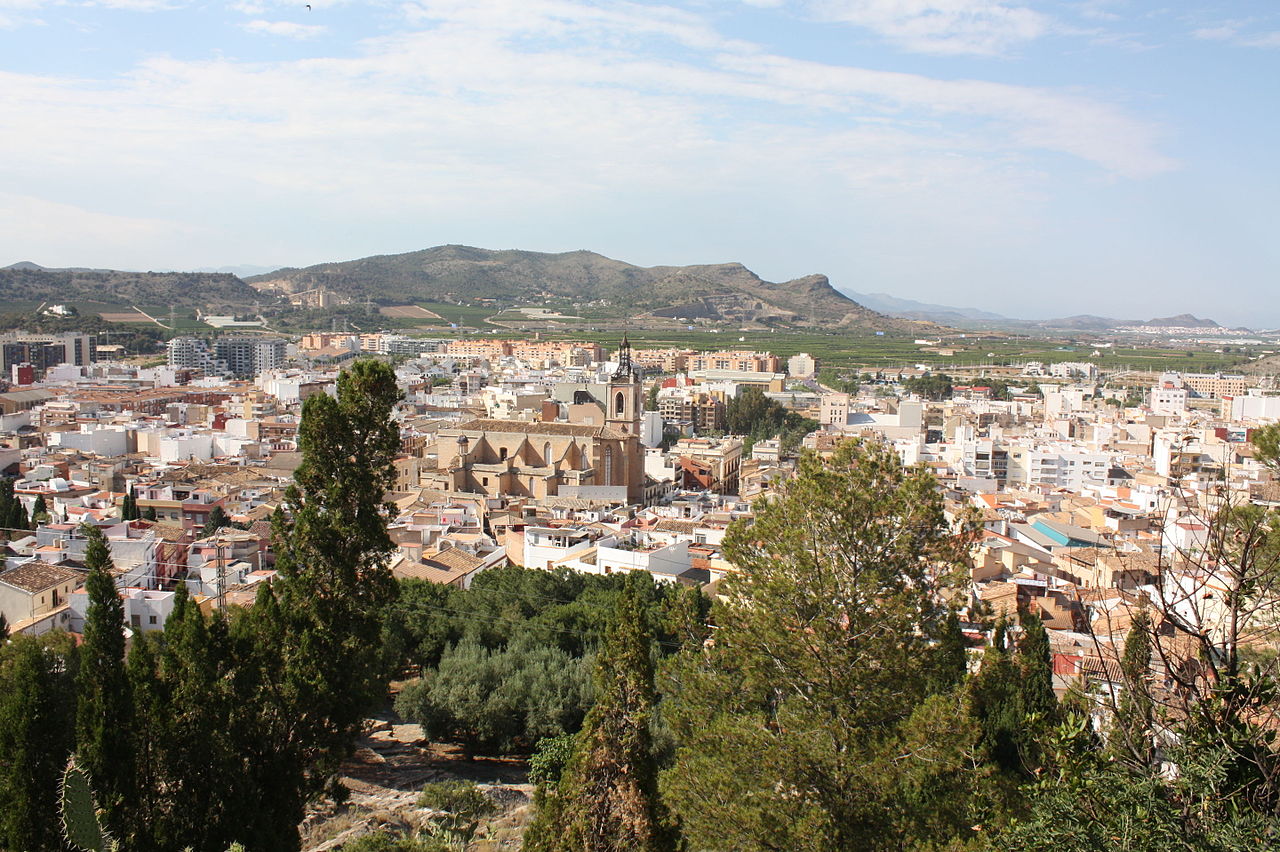
If you are wondering what to do in Sagunto Because you plan to travel to the Valencian town, we will tell you that you are going to enjoy your stay a lot. Because the capital of the region of Murviedro Field, located in the north of the province, offers you both natural wonders and monuments.
Founded by the edetanos with the name of Ass, then became the saguntum Roman and resisted the siege of the Carthaginians led by Hannibal in an episode as famous as the Numancia site. Since then it has retained a certain strength, as shown by its Moorish, medieval and modern monuments. But it also offers you beautiful beaches in the heat of the magnificent Valencian temperatures. Without further ado, we are going to show you what to do in Sagunto.
What to see and what to do in Sagunto?
Precisely, we will begin our tour of this city of the Valencian Community on its beaches and then we will approach the town to visit its main monuments. Because the historic center of Sagunto is located about five kilometers from the coast and, therefore, from the sandy areas and the important commercial port.
Sagunto Beaches
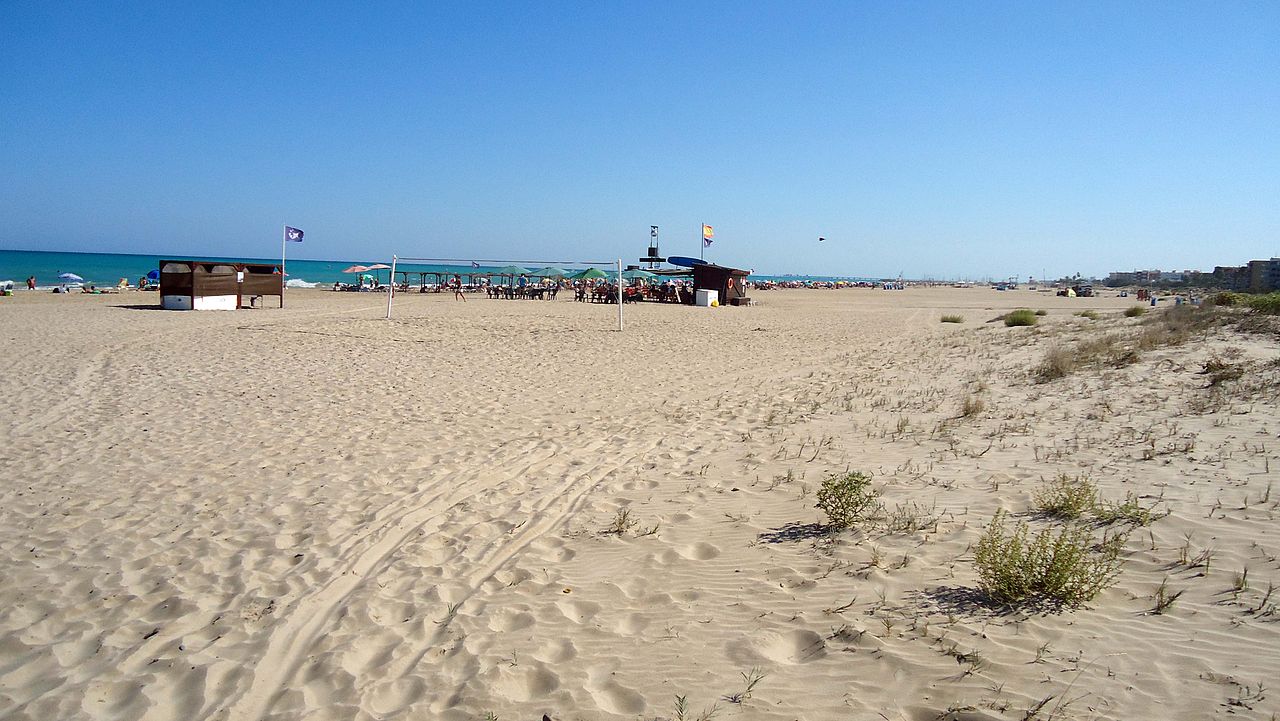
La Almardá Beach
In the Valencian town you can enjoy three main beaches. Just one is that of the Port of Sagunto, which serves as protection. For this reason, it is a sandy area with calm waters that has all the services.
Even more beautiful is the Almardá beach, whose main attraction lies in the cordon of dunes that surrounds it and which has a high ecological value. Finally, you have the Corinto-Malvarrosa beach, also made of sand, although with stones on the seashore. The quality of its waters has led to it being awarded the Blue Flag badge several times. It is also the quietest of the three.
Once we have enjoyed a swim on the beaches, we are going to focus on what to do in Sagunto, that is, on the monuments that the historic Valencian town has to offer.
Old town of the town of Sagunto
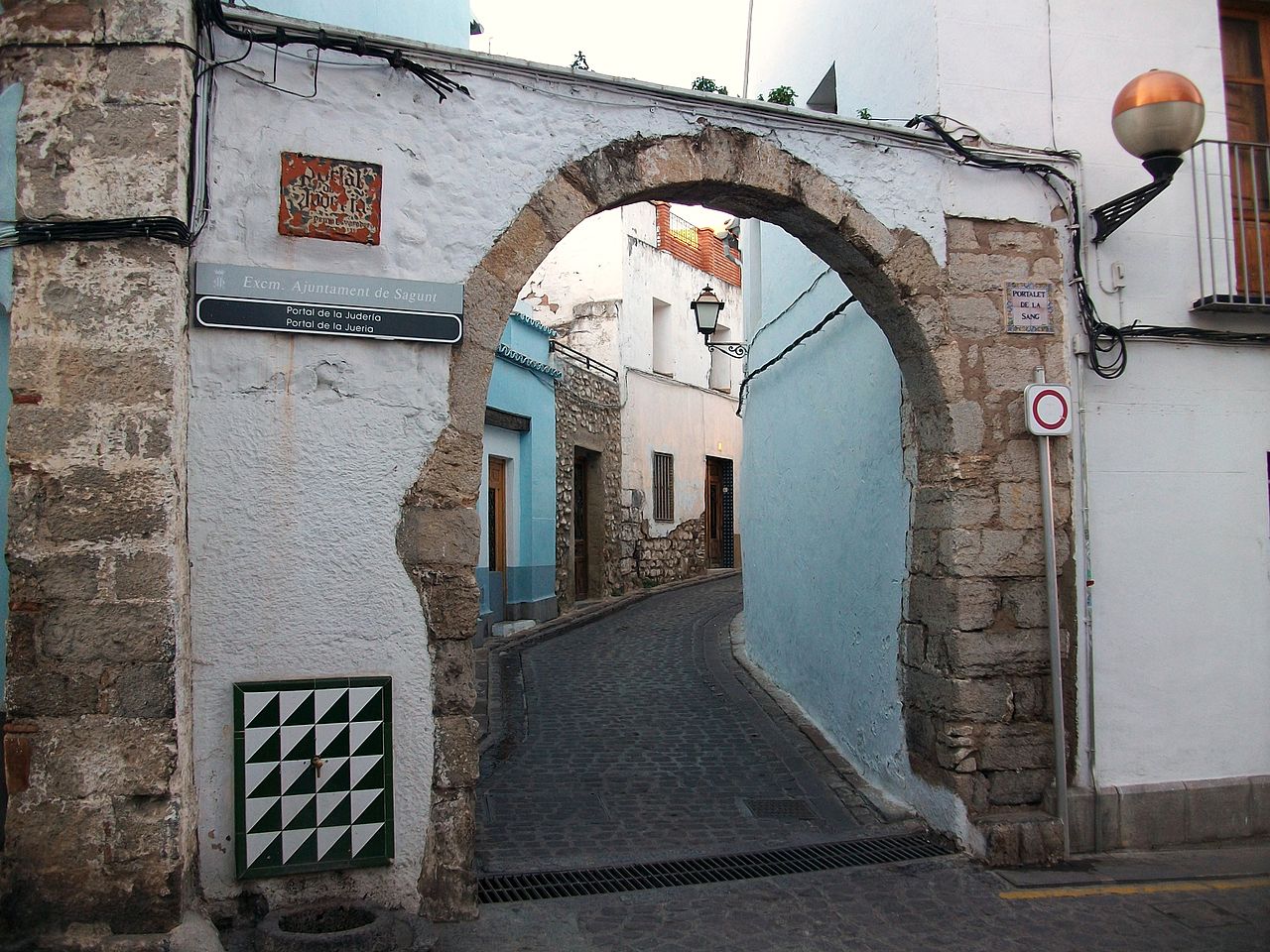
Portalet of the Sang
Qualified as A CulturalIt is made up of several streets in the center and the Plaza Mayor. In such a small space, you can visit many monuments. As for the religious, the church of Santa Maria, built in the XNUMXth century on an old mosque. Although construction was not completed until the XNUMXth century, it responds to the Valencian pointed Gothic style. In addition, on the staircase that accesses it from the north, you can see two Latin inscriptions.
We also advise you to visit hermitages in the old town such as those of Santa María Magdalena, the blood and Our Lady of Sorrows. And, a little further away, the church of El Salvador, built between the XNUMXth and XNUMXth centuries, although the primitive Gothic style predominates in it.
However, one of the great jewels of this part of Sagunto is the Jewry, which is accessed through a semicircular arch known as Portalet of the Sang. In it, you will see how this medieval area of the cities was, in addition to visiting the place of ritual baths that was called mikveh.
On the other hand, in the historic center of Sagunto you have beautiful palaces like the own one Town hall, a neoclassical construction of the XNUMXth century, or the House of Mestre Penya, Gothic in style and current headquarters of the Historical Museum of the town. Finally, as in the whole city, you can see samples of Roman architecture such as, for example, the remains of the wall of the Temple of Diana.
The Castle of Sagunto
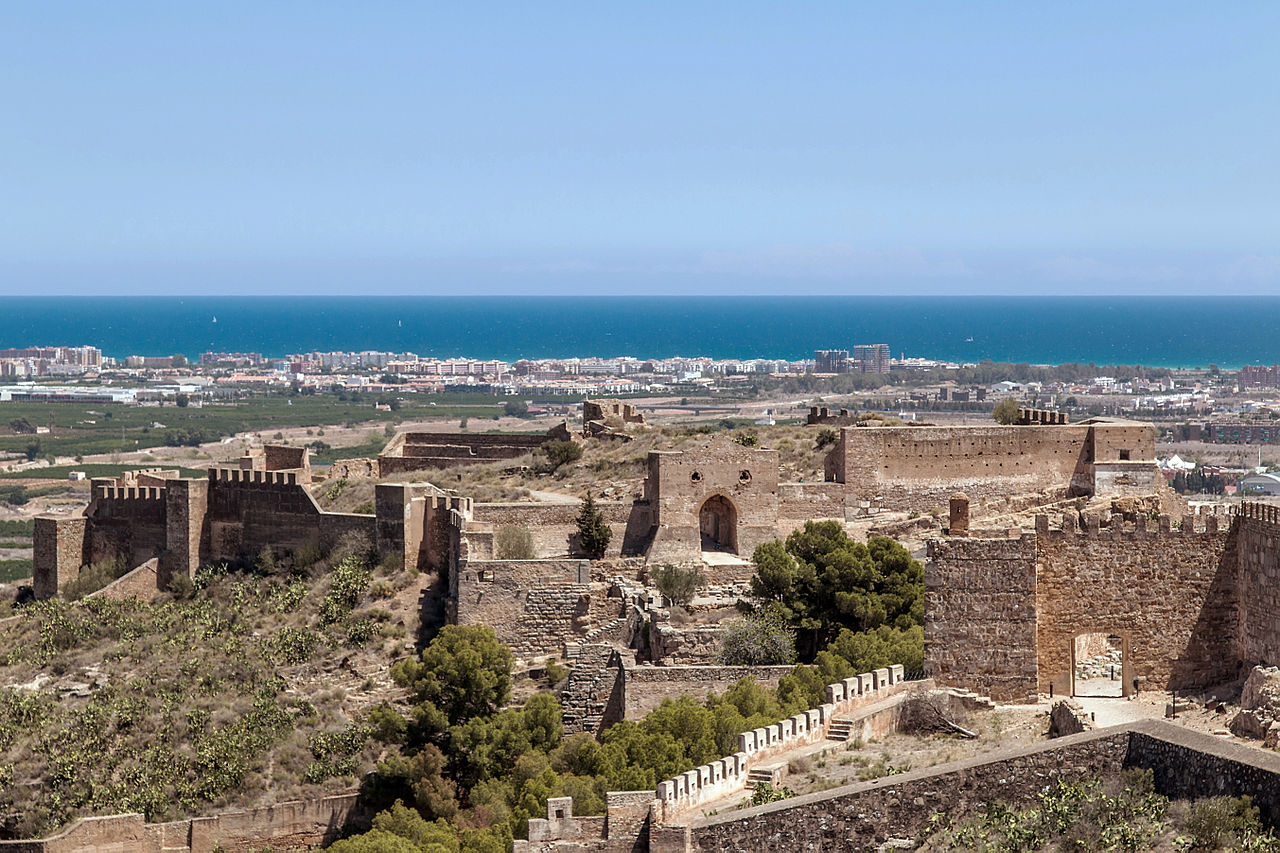
Sagunto Castle
Located at the top of a hill that protects the city, it is National Monument since 1931. Although its current form is more modern, it is believed that it already existed in Iberian times. Later, both Romans and Goths, Muslims and Christians have contributed their reforms.
It is divided into seven walled enclosures, among which the Plaza de Armas stands out, coinciding with the old Roman forum. For its part, in the Plaza de San Fernando, you can see the Epigraphic Antiquarium, a sample of Iberian, Roman and Hebrew inscriptions.
The roman theater
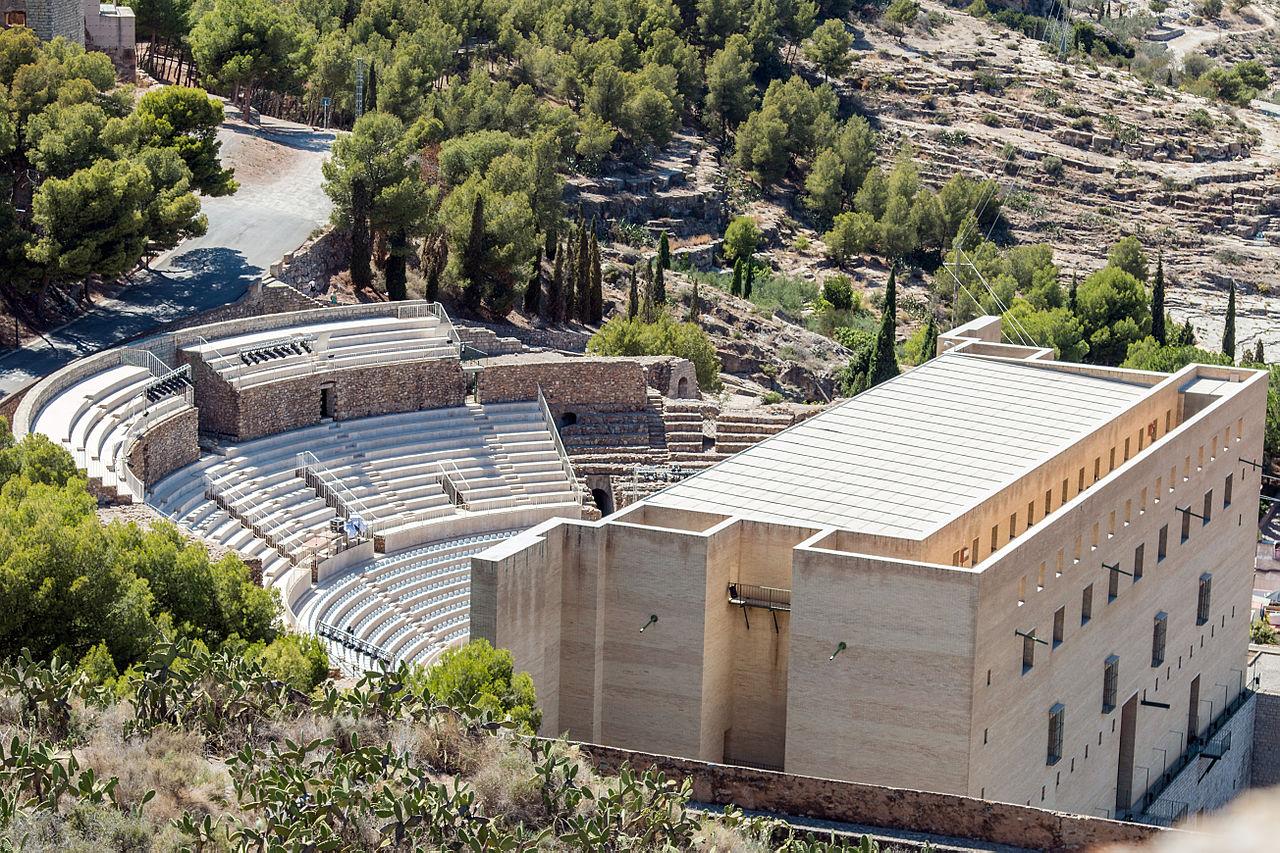
Roman theater of Sagunto
It is another of the wonders that you can visit in Sagunto and it is very close to the previous one. It was deeply restored at the end of the XNUMXth century, but this does not detract from its monumental value. Its construction dates from the XNUMXst century after Christ and was carried out taking advantage of the inclination of a hill to settle the stands.
It is a perfect example of the Roman architectural harmony of the time, which was based on the principles of Vitruvian. Thus, the 22-meter orchestra has the key measure around which everything else was built. On the other hand, in the excavation works of the theater, numerous objects from the same period were recovered, such as ceramics, tombstones or stelae.
The theater is not the only important monument of the Roman Sagunto. The remains of the circus, built in the second century after Christ and that had capacity for more than fifteen thousand people. Likewise, you can see in the locality what they were domus and House dels Peixos, funerary monuments and roads from Roman times.
Manor houses and palaces
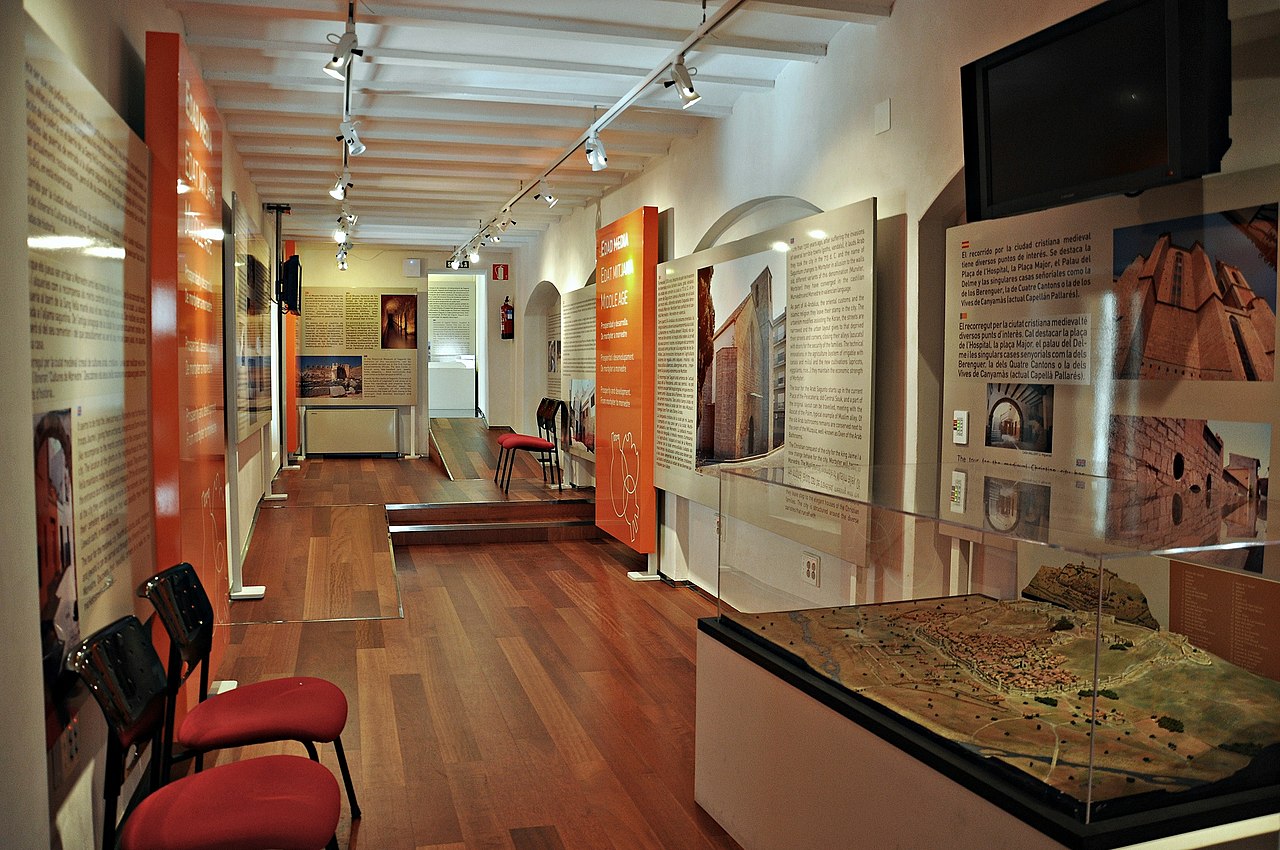
Interior of the Casa dels Berenguer
Sagunto does not lack remains of its medieval and Renaissance past. For example, the old walls they have been preserved in part with some of its towers. But you can also see palaces like the House dels Berenguer, Gothic in style and which houses the Visitor Reception and Interpretation Center of the city and the Delme palace or Punyalet, dated around 1250 and of which only the façade is preserved.
The Grau Vell
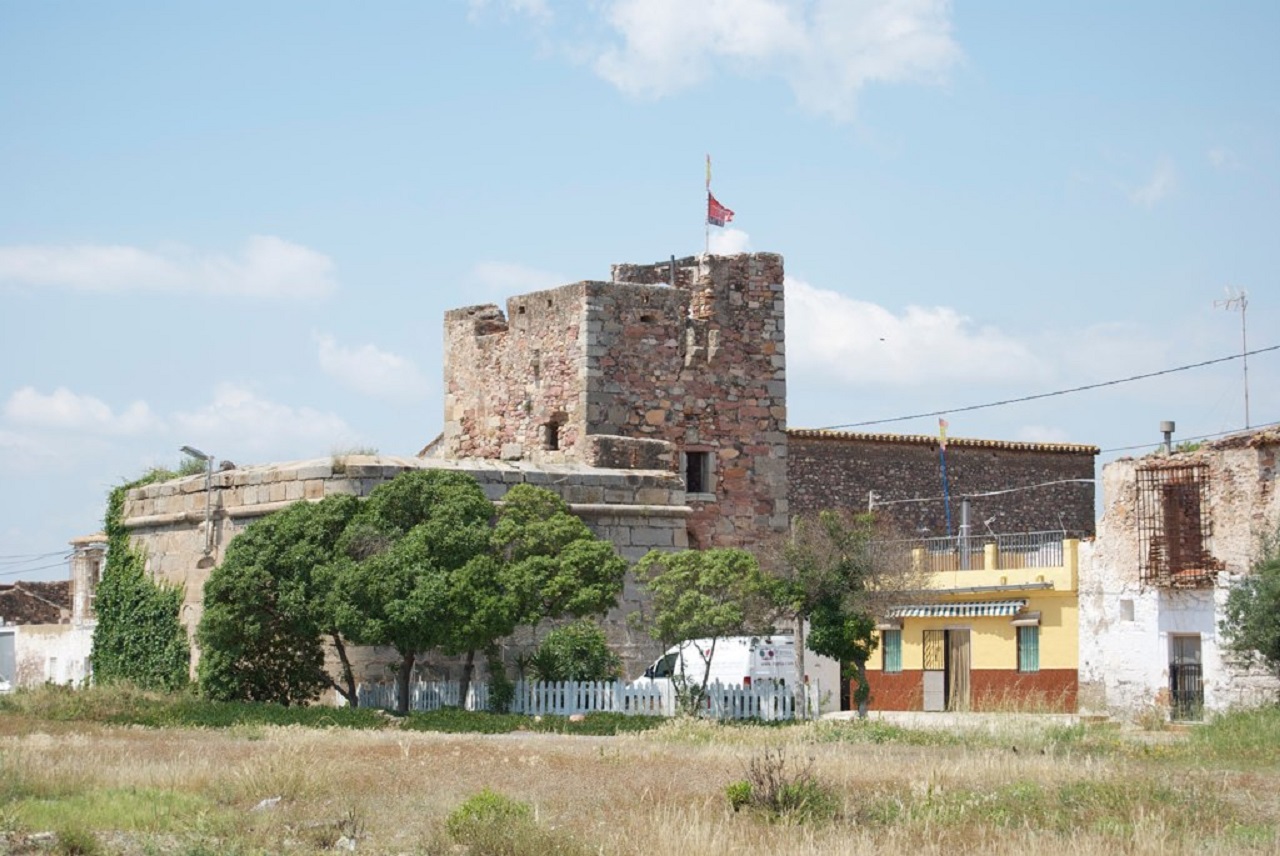
Fort of the Grau Vell
The area of the old port of Sagunto is known by this name, where you can also visit places of great interest. It is the case of archaeological site, where houses and buildings such as a dike and a possible lighthouse have been found, all of them from Roman times.
And also of defensive team of Grau Vell, built in the eighteenth century and consisting of a fort, a square tower, some warehouses and a battery. Undoubtedly, its purpose was to defend the coast from possible attacks by pirates or enemy armies.
other monuments
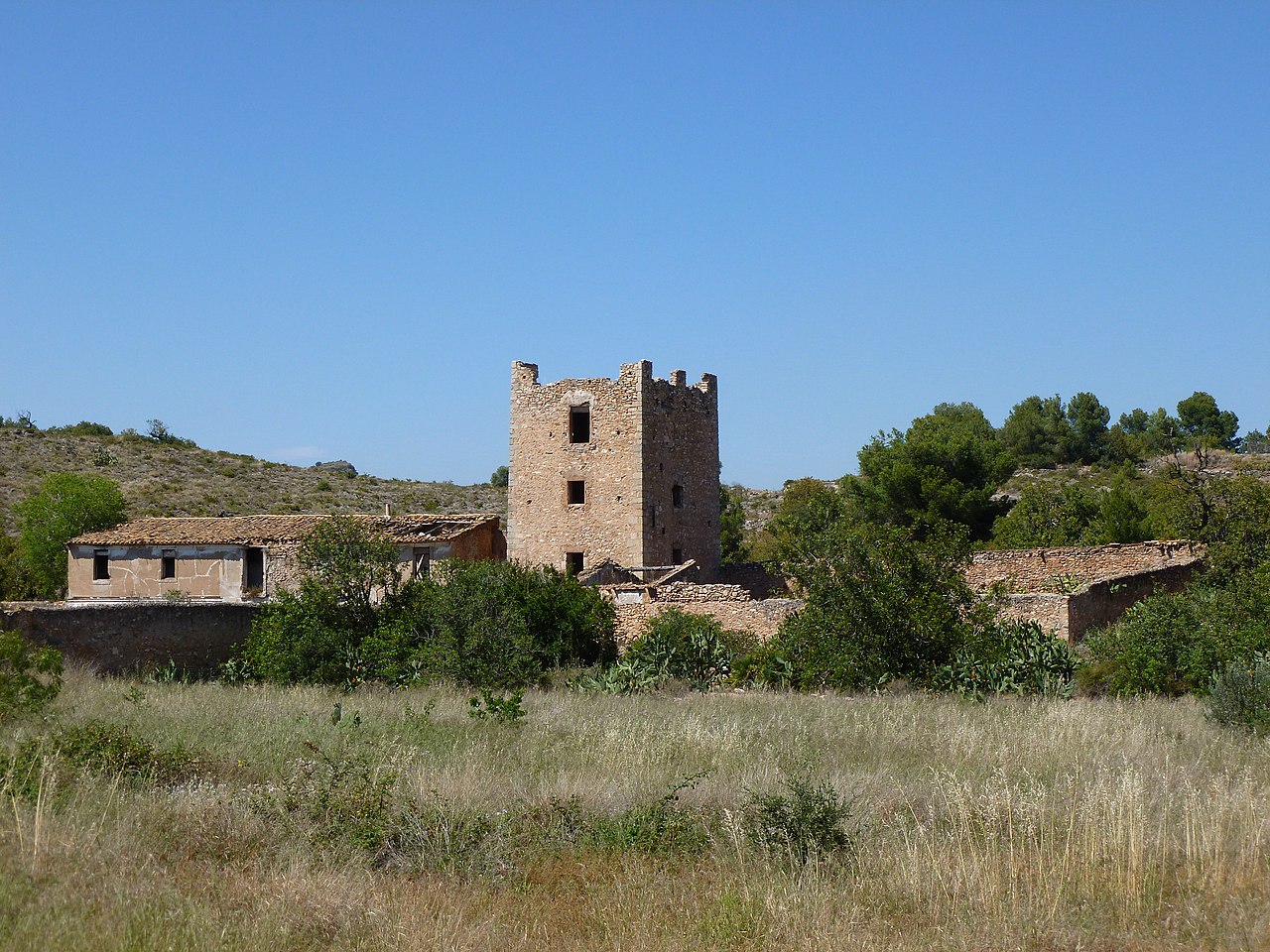
Fortified farmhouse of Agua Fresca
Likewise, on the outskirts of Sagunto you have other monuments of interest. We will mention the fortified farmhouse of Agua Fresca, built between the XNUMXth and XNUMXth centuries. It is a small castle intended for the home of rural lords who had farmland. Another example of this type of construction, although more humble, is the farmhouse des Frares, with its XNUMXth century farmhouse.
We also advise you to see the fortified mill of Torre Gausa, San Roque tower and jail castle, all of them declared Assets of Cultural Interest. And finally, the convent of Santa Ana, built in the fourteenth century and has a church, convent building and orchard.
The industrial Sagunto
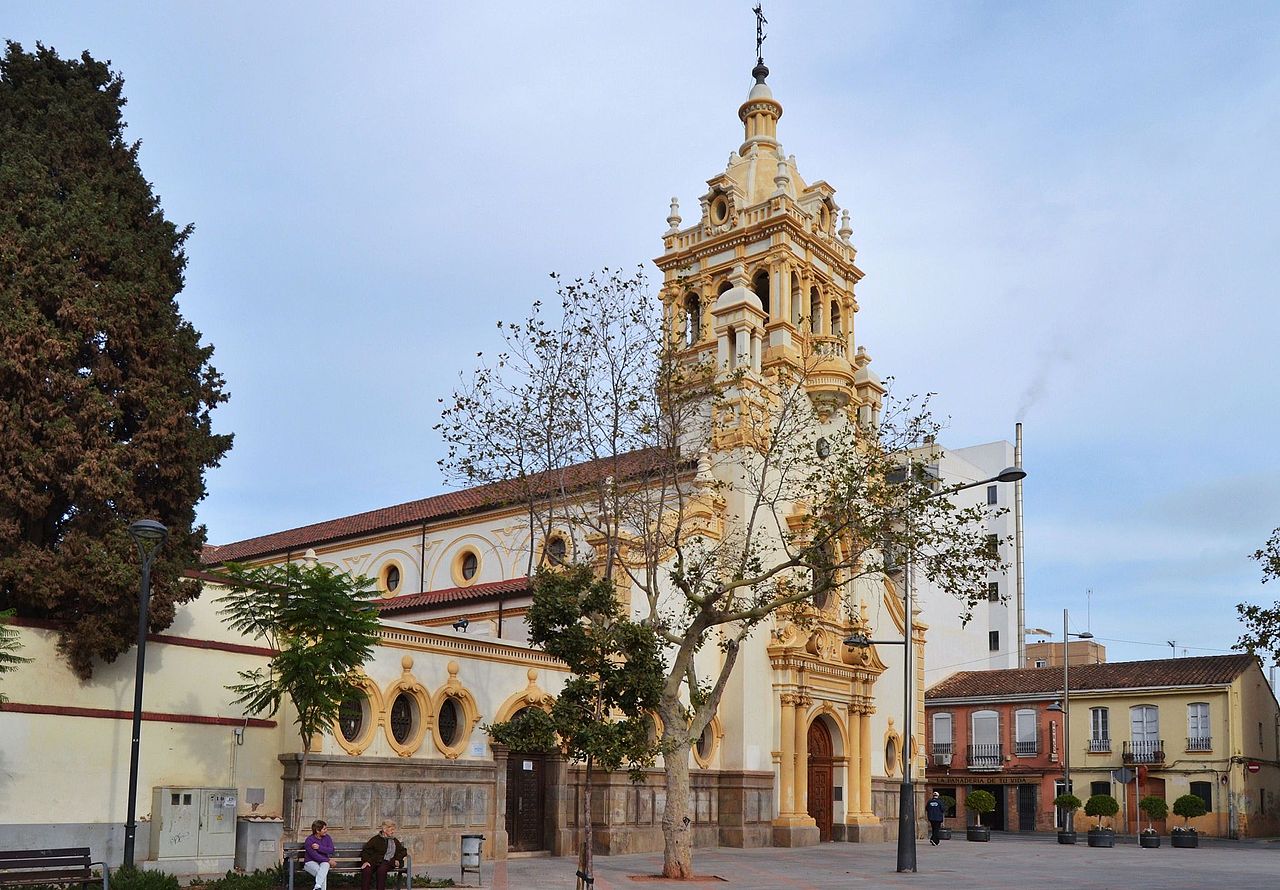
Church of Our Lady of Begoña
Industrial tourism, understood as one that visits the old manufacturing heritage of a city, has received a strong boost in recent years. And, in this sense, Sagunto has a lot to offer you.
In the modern port area of the town, you will find many buildings that will allow you to relive its industrial past. Among them, the old hospital for workers, general workshops or spare parts ships.
But also the precious church of Our Lady of Begoña, the commissary, the recreational casino or the employees' homes. However, perhaps the most curious element of all this industrial heritage is the blast furnace which is preserved as a vestige of past prosperity and was installed in 1922.
Sagunto Nature
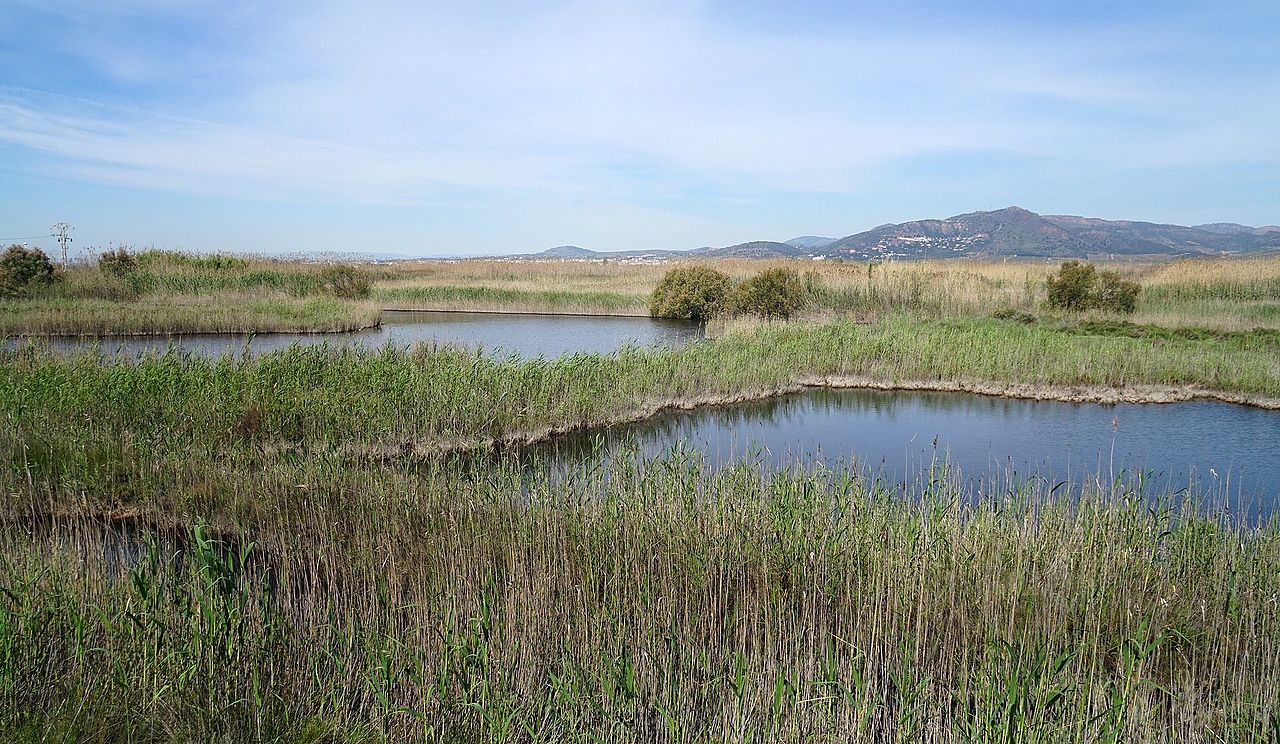
Marsh of the Moors
Not everything is monuments and industrial heritage in the town of the province of Valencia (here we leave you an article about what to see in Valencia city). We have already told you about its beaches. But, in addition, the city is located between the natural parks of the Sierra Calderona and the Sierra de Espadán. For this reason, it has wonderful hiking and Nordic walking routes.
Among the first, the so-called long distance trail GR-10, which part of the town of Puzol and it crosses the first of the mountains that we have mentioned to you. Also, near Sagunto you have two marshes of great ecological value. Is about those of Almardà and Los Moros.
You can also breathe fresh air in the natural site of Romeu, where the most important forest in the municipality is located. In addition, you will be able to see archaeological sites such as the Pic dels Corbs and of the Covaxa.
A bit of gastronomy
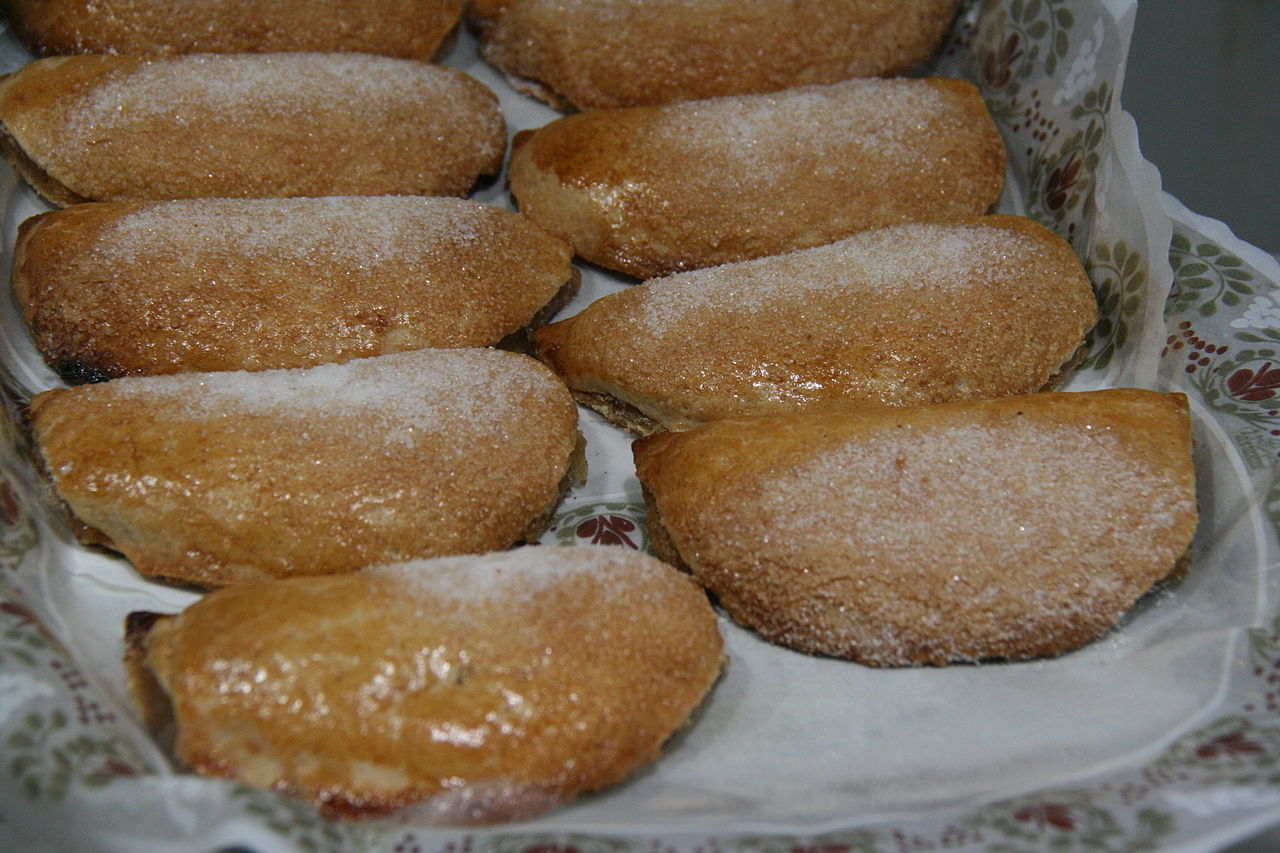
Sweet potato Pastissets
To finish our tour of what to do in Sagunto, we will advise you some of its typical dishes. Among them is the baked rice with cod, which is prepared especially in Lent and Holy Week.
But, perhaps the most typical of the city are the chips, some small sandwiches that have a broad bean omelette and tender garlic or loin with tomato. Even tastier are the ximos or fried milk breads that are filled with tuna, tomato, egg and green pepper.
Finally, when it comes to sweet, you have a lot to try in Sagunto. For example, San Blas cakes, Coca De llanda, Sweet potato Pastissets or Anis donuts.
In conclusion, we have shown you a lot of what what to do in Sagunto. As you may have seen, it has magnificent monuments, a privileged environment and tasty cuisine. Do not forget to visit this beautiful town of the Valencian Community.